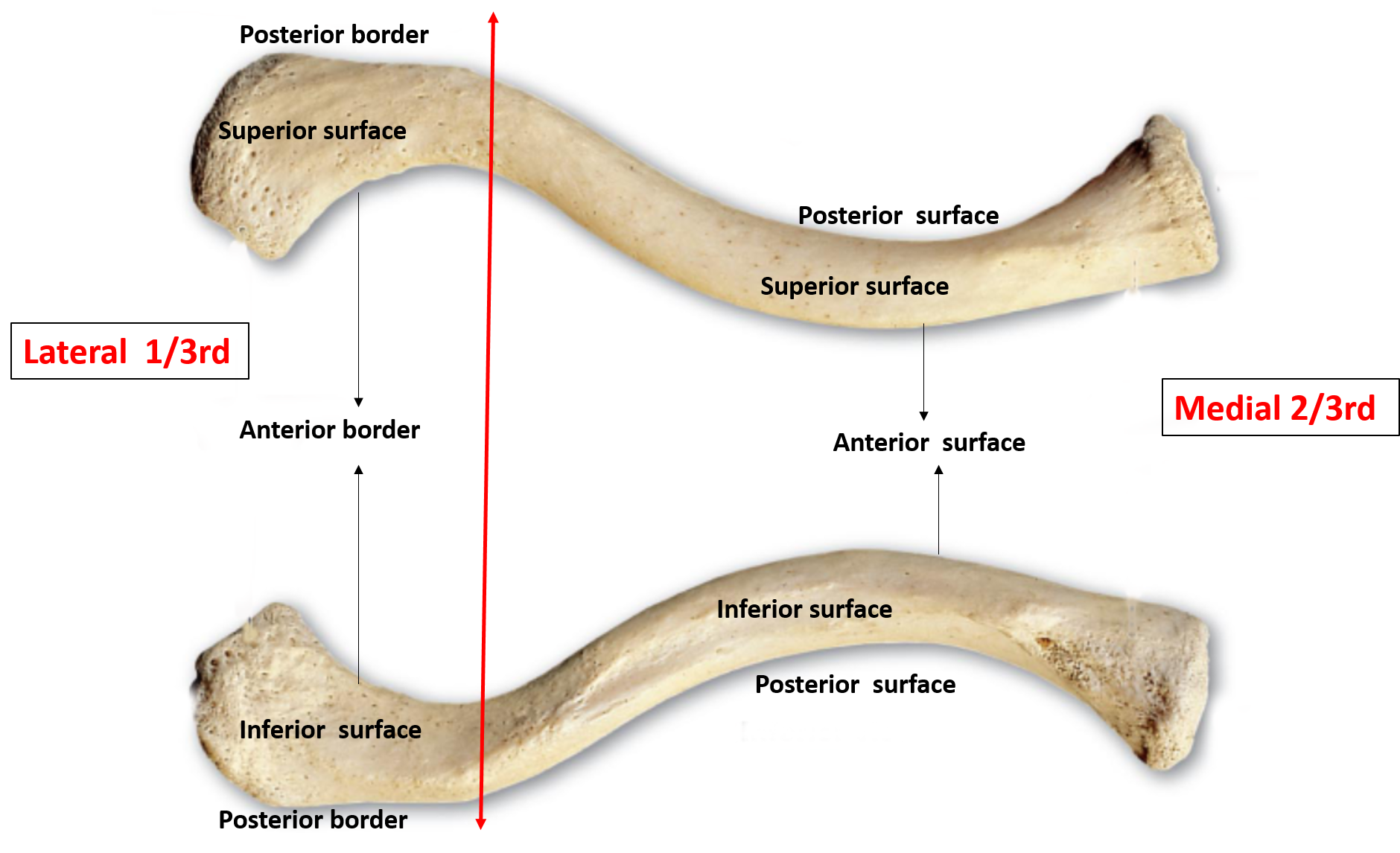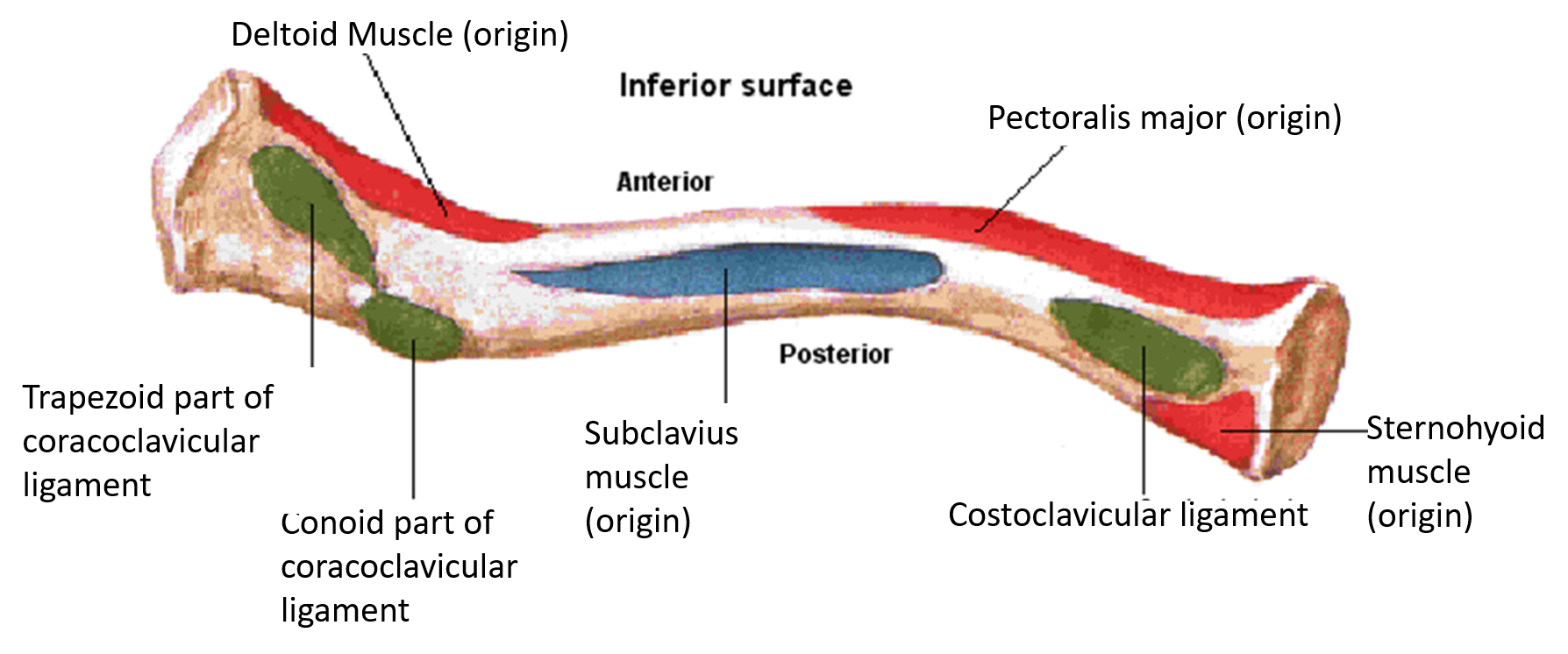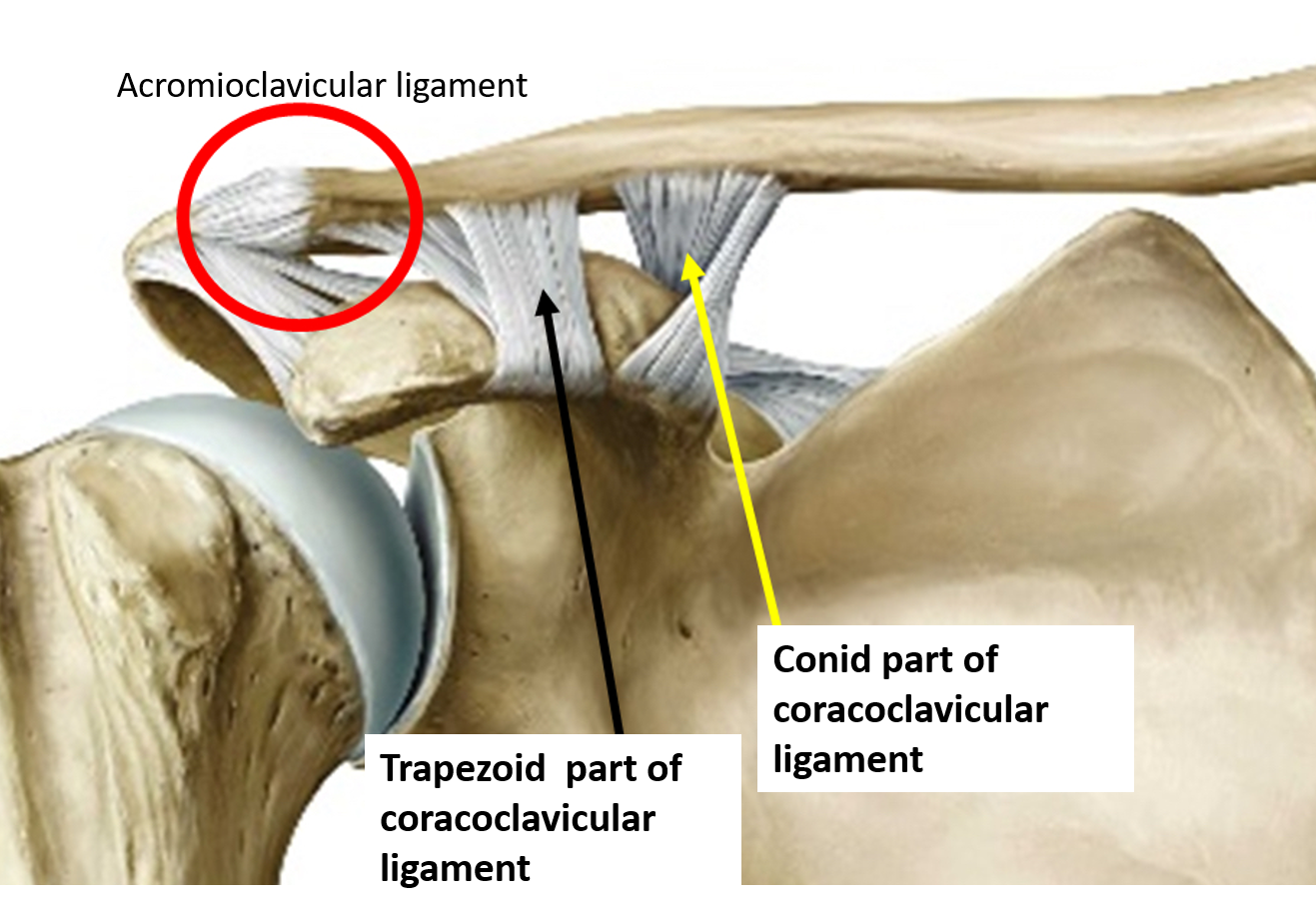Which type of bone is Clavicle?
It is a modified long bone. It has two ends, medial and lateral, and the shaft having ‘S’ shaped curvature. It has no medullary cavity and only one secondary centre of ossification.
What are the peculiarities of clavicle?
Peculiarities of clavicle:
- It is the only long bone that is placed horizontally in the body.
- Is devoid of medullary cavity.
- Although it is a long bone , but it ossifies mostly from membrane.
- It is the first bone to begin ossifiying and last to complete ossification.
- It is subcutaneous throughout.
- It may be pierced by supraclavicular nerves.
How can the side of clavicle be determined?
In order to determine the side of clavicle one must known that
- Medial end of the bone is thick and rounded, whereas the lateral end is flattened,
- Superior surface is smooth, whereas the inferior surface is rough on either end due to attachment of ligaments.
- Medial 2/3rd of the shaft is convex anteriorly , whereas the lateral 1/3rd is concave anteriorly.


How to hold clavicle in anatomical position?
Hold the clavicle horizontally in such a way that the medial end is directed slightly forward and inferiorly as compared to the lateral end.
Name the bones that articulate with clavicle?
At Sternal (medial ) end: Atriculates with manubrium sterni to form sternoclavicular joint (saddle variety of synovial joint).
At Acromial end : Articulates with the acromion process of scapula to form acromioclavicular joint (plane variety of synovial joint).

Describe the general features of medial 2/3rd and lateral 1/3rd of clavicle.
Medial 2/3rd of clavicle is cylindrical, therefore borders are ill defined and it has four surfaces viz. Superior, anterior, posterior and inferior.
Lateral 1/3rd of clavicle is flat from above downwards. It has:
- Two borders– anterior and posterior.
- Two surfaces – Superior and inferior.

Name the muscles & ligaments attached and structures related to the medial 2/3rd of clavicle.
- Superior surface is smooth and is covered by skin and platysma, medially it provides attachment to sternocleidomastoid muscle.
- Inferior surface has a rough impression near its medial surface which provides attachment to costoclavicular ligament. A shallow groove is present which provides attachment to subclavius muscle. Clavipectoral fascia is attached to the margins of subclavian groove.
- Anterior surface is convex anteriorly and provides attachment to pectoralis major muscle.
- Posterior surface is smooth and concave posteriorly and is related to trunks of brachial plexus, subclavian vessels . Medial end of posterior surface provides attachment to sternohyoid muscle.
Name the muscles & ligaments attached and structures related to the lateral1 1/3rd of clavicle.
- Anterior border- is concave anteriorly and provides attachment to deltoid muscle.
- Posterior border – is convex posteriorly and provides attachment to trapezius muscle.
- Superior surface – is mostly smooth.
- Inferior surface – has coniod tubercle near posterior border. A thick ridge ( Trapezoid ridge ) extend forwards and laterally from the conoid tubercle. They provide attachment to conoid and trapezoid parts of coracoclavicular ligament respectively.



When and how does clavicle ossify?
Most of the shaft of clavicle ossifies by membranous ossification except for the medial end. It ossifies by two primary centres of ossification in the shaft ( appear during 5th -6th week of intrauternine life). One secondary centre of ossification appears at the medial end between 15 -20 yrs of age. This fuses with the shaft at about 25 yrs of age.

Applied Aspects
What is cleidocranial dysostosis/dysplasia?
Cleidocranial dysplasia (CCD) affects mostly bones derived from intramembranous ossification, such as the cranium and the clavicles, It is characterized by delayed closure of the cranial sutures, hypoplastic or aplastic clavicles, and multiple dental abnormalities.
Which is the most common site of fracture of clavicle?
The junction between the medial 2/3rd and lateral 1/3rd of bone ( junction between the two curvatures of bone).

Its really understandable
Excellent. Very easy to learn
Nice and satisfaction Regine yousd
Your righting very helf full in medical line love your points and simply andistud this formulas Thanks🤗
This writeup is cool